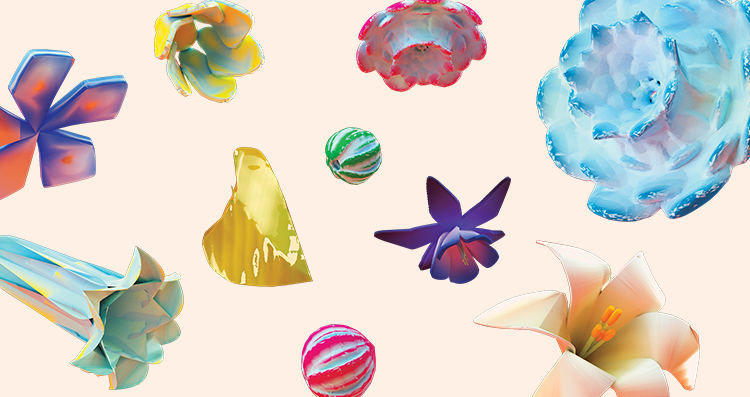This article is drawn from the second issue of Tafel: our magazine for the musically curious. Offered three times a year, this publication will, we hope, welcome new friends as well as extend the rich conversations we are already having with so many of you. Read the entire second issue here.
In Paradisum: Rambling in Mary’s Garden
By Lauretta Santarossa
“We are stardust
We are golden
And we’ve got to get ourselves
Back to the garden”
— Joni Mitchell
Thirty years ago, I bought a house in Toronto’s Parkdale neighbourhood with the dream of planting a garden. But I needed help. The space was small—just 23 x 23 feet—and accessible only through the house. A garden enclosed.
Enter Ashley Thomas, a young landscape architecture student. Noting my collection of religious folk art, Madonna figures especially, he suggested a Mary garden. I knew that medieval monastery gardens often featured plants that were symbolically connected with the Virgin Mary, the Passion of Christ, and the saints. The Mary garden theme was a perfect fit—horticulturally focused, with lots of scope and full of spiritual and symbolic meaning. I loved the idea of making a place for Mary in my life in this organic way.
Throughout history, the garden has been both archetype and metaphor. It’s a place of shelter and blessedness, nourishment, fecundity, beauty, peace, meditation, contemplation, spirit, and soul. In the Judeo-Christian and Islamic traditions, the garden is, literally and figuratively, paradise, from the Persian pairi daeza, meaning enclosure.
Adam and Eve’s brief sojourn in the Garden of Eden ended when they were cast out. So when the medieval minstrel sang “Nova, nova, Ave fit ex Eva,” he was proclaiming a new Gospel—the fallen, exiled Eve (and all humankind) redeemed by Mary, who gave birth to Christ, the Saviour. A complex, profound story that is the stuff of myth, legend, symbol, and metaphor.
Christ and the Virgin Mary had many prototypes in ancient Western religions, as did the flower and plant symbolism associated with many Greek, Roman, Egyptian, Celtic, Teutonic, and Middle Eastern deities. Christianity gave new symbolic meaning to many common plants, flowers, and trees, which served as mne-monic devices to evoke the stories they illustrated. The unschooled learned the names of plants and flowers along with Mary’s virtues and stories of salvation—a visual catechism for those who could not read.
As medieval piety and devotion to the Virgin Mary grew, the life, death, and resurrection of Christ were seen through the prism of Mary’s life. Marian devotion subsumed many important elements of the courtly love tradition, which exalted love, dedication, loyalty, and service. Countless hymns and poems praised Mary’s beauty, virtue, and purity. She was strongly associated with the bride in the biblical Song of Songs, especially the metaphorical hortus conclusus, or “garden enclosed.”
Each of us has our own personal history of gardens, which we carry in our memory, articulated or not. Mine, it turns out, is the cortile, the enclosed courtyard of my childhood in Northern Italy, which in turn inspired my own garden in Parkdale—simple and defined, an intimate sanctuary full of abundant yet hidden life. Whether it is the colour, shape, texture, fragrance, or time of bloom or fruition of the plants and flowers, from hostas to hellebores and plume poppies to Solomon’s seal, everything means something, everything is connected. This, more than anything, continues to inspire me.
Lauretta Santarossa is the author of Bring Flowers of the Fairest: Mary gardens for Everyone. She gives talks and workshops about Mary gardens, and gardening and the spiritual life. Lauretta can be reached at lauretta.santarossa@bell.net.
Reflections of Mary, Tafelmusik’s luminous concert inviting you to contemplate two composers’ takes on this sacred icon of motherhood and mercy.
More articles from Issue No. 2: Winter 2021
In Conversation: Pippa Macmillan and Chi-chi Nwanoku
Variations on Bach’s Goldberg Variations

